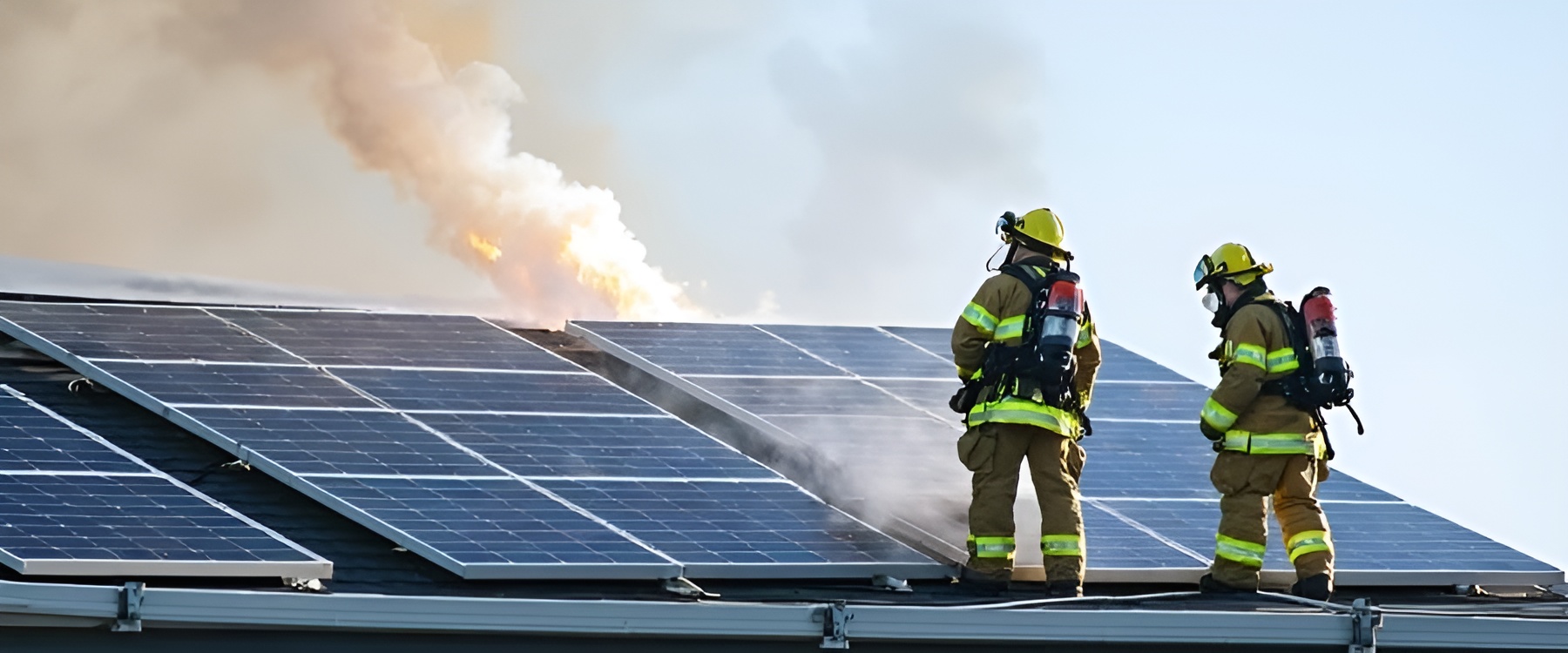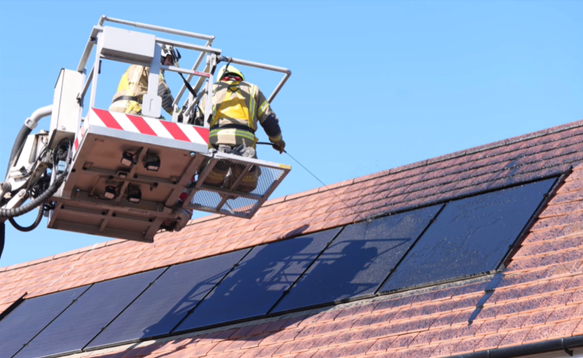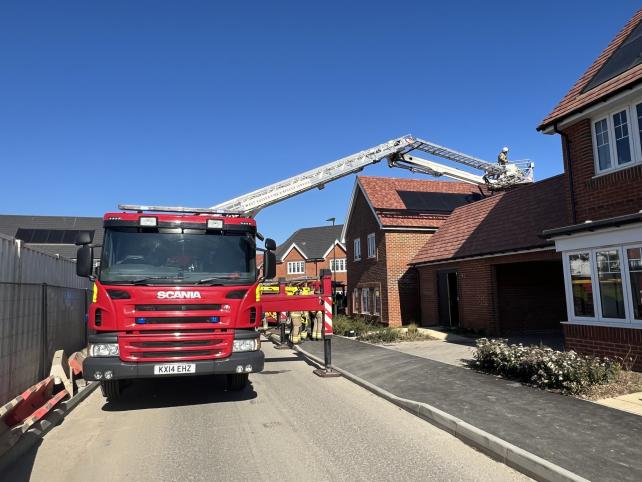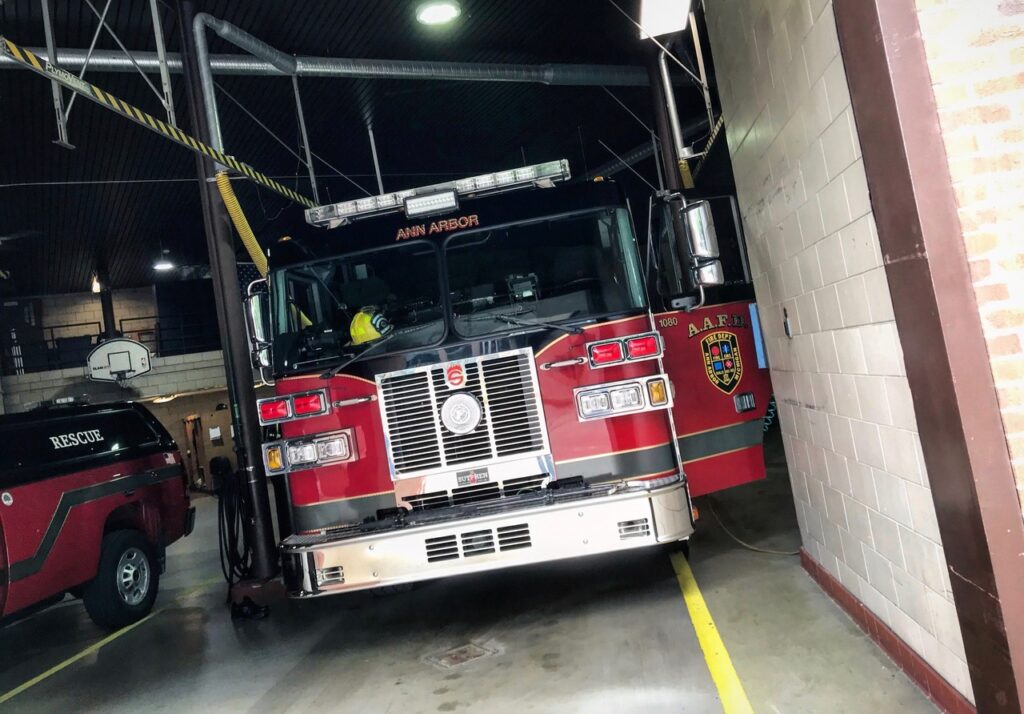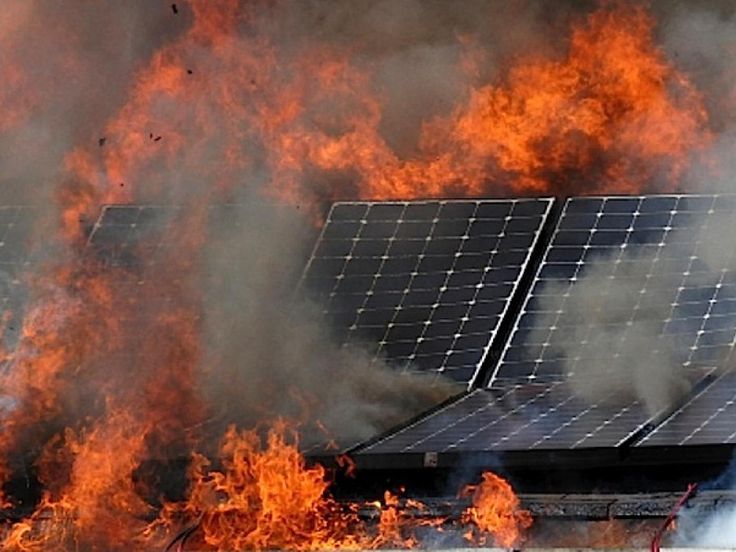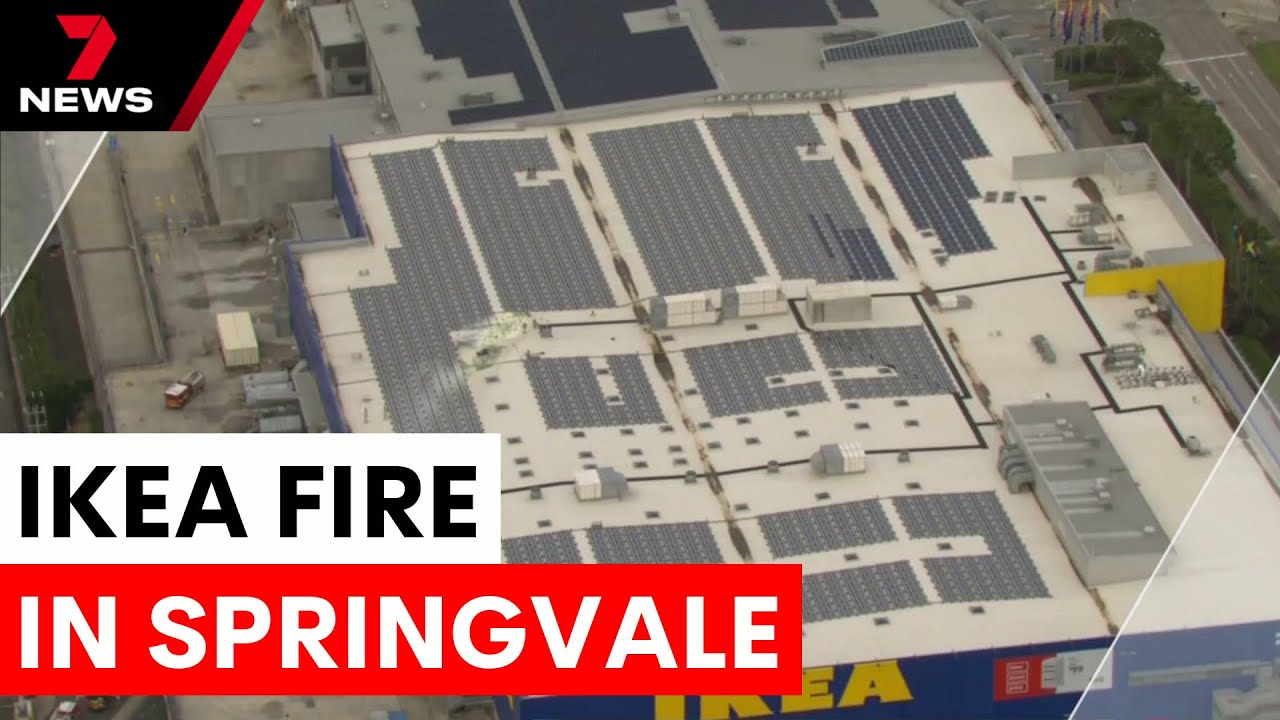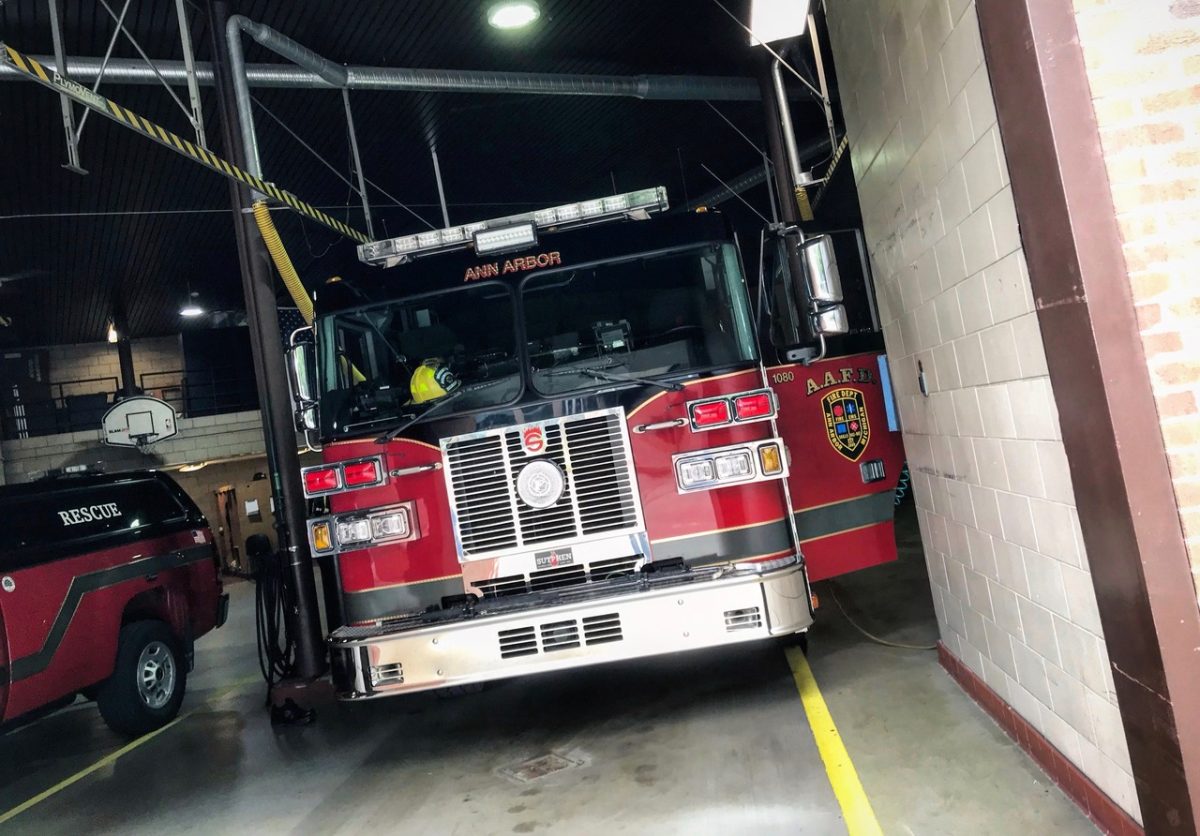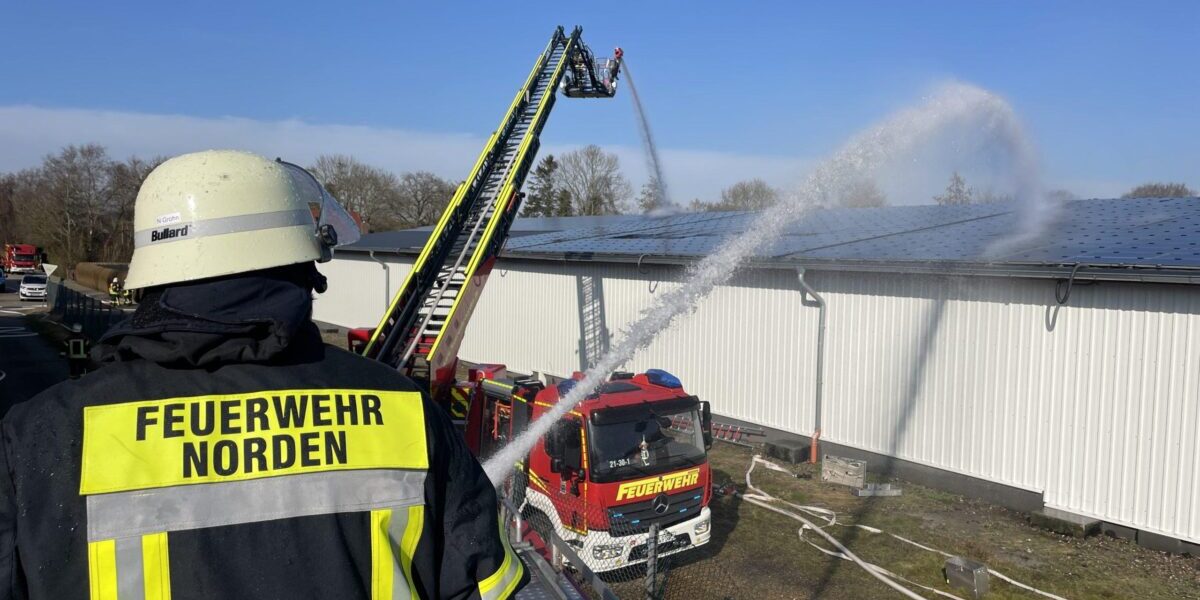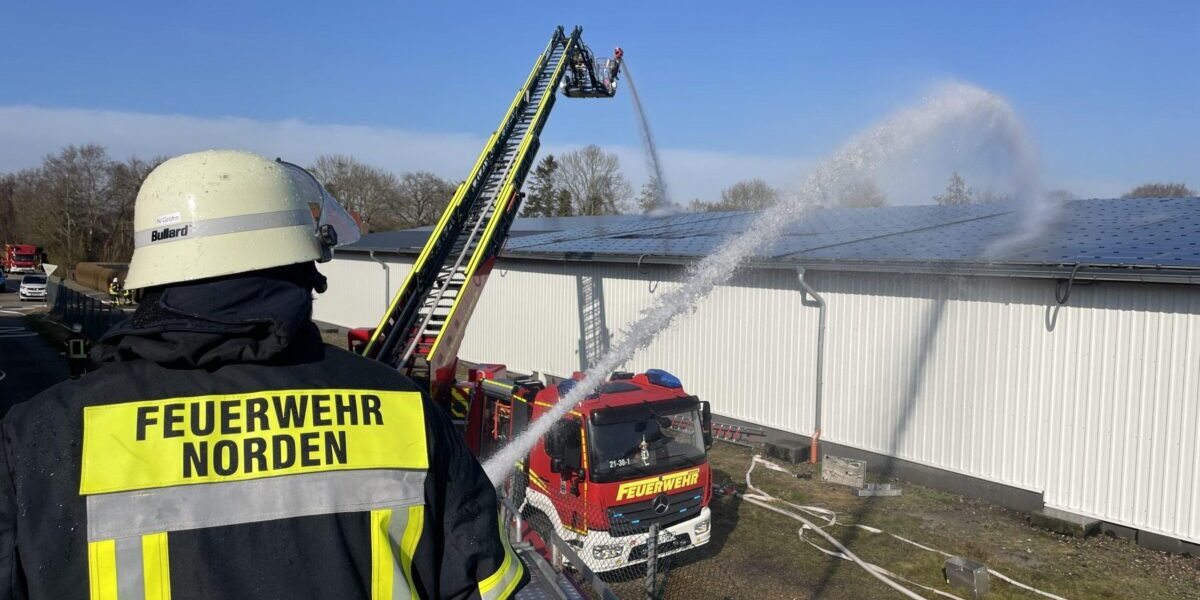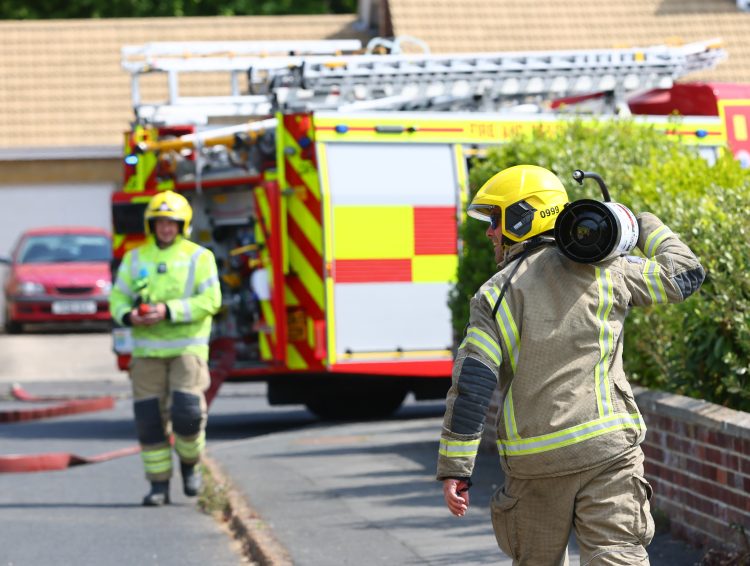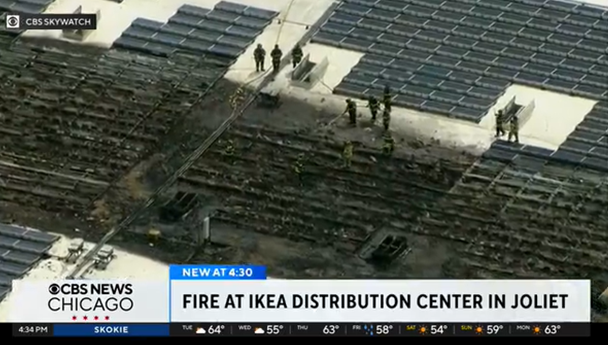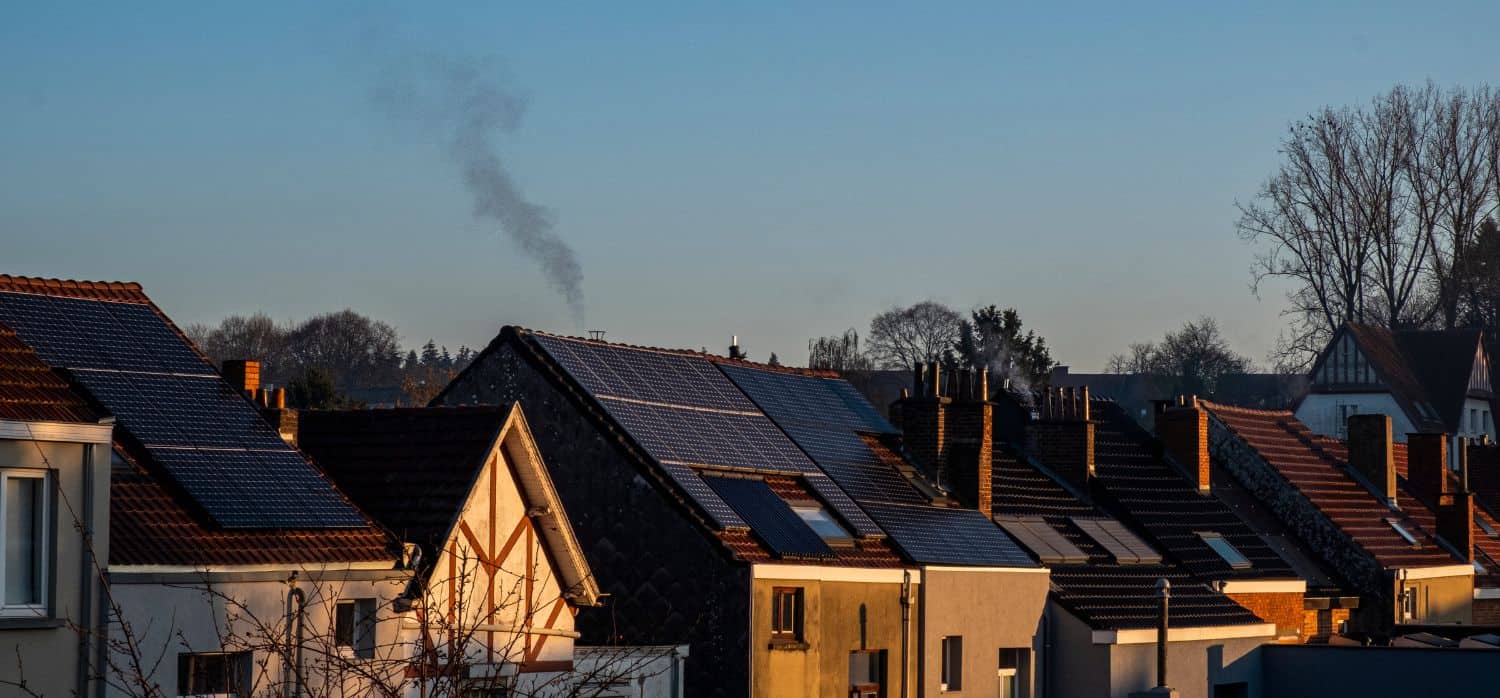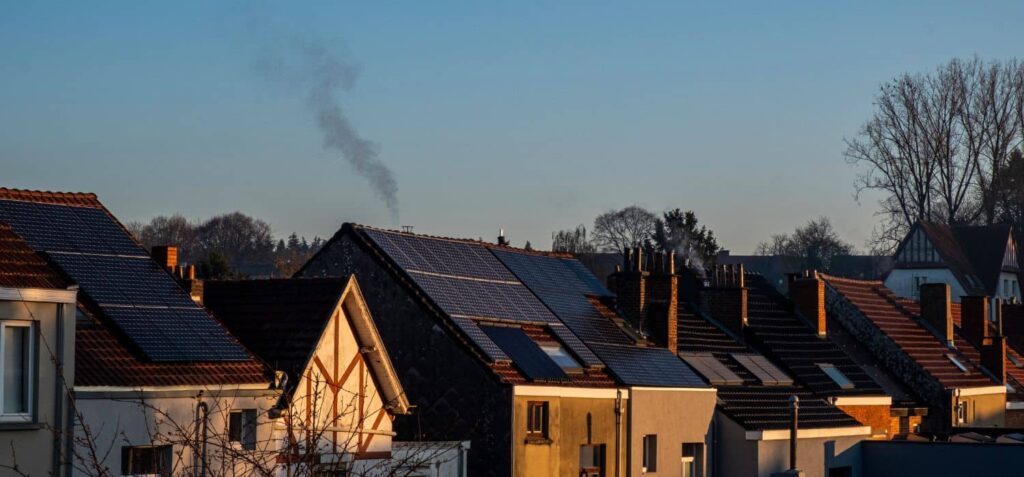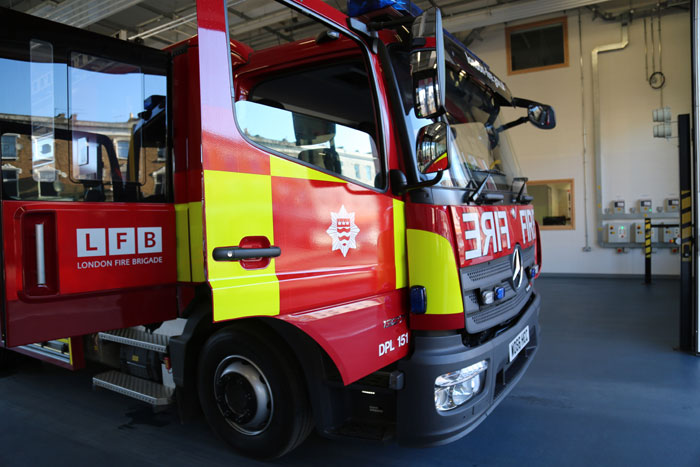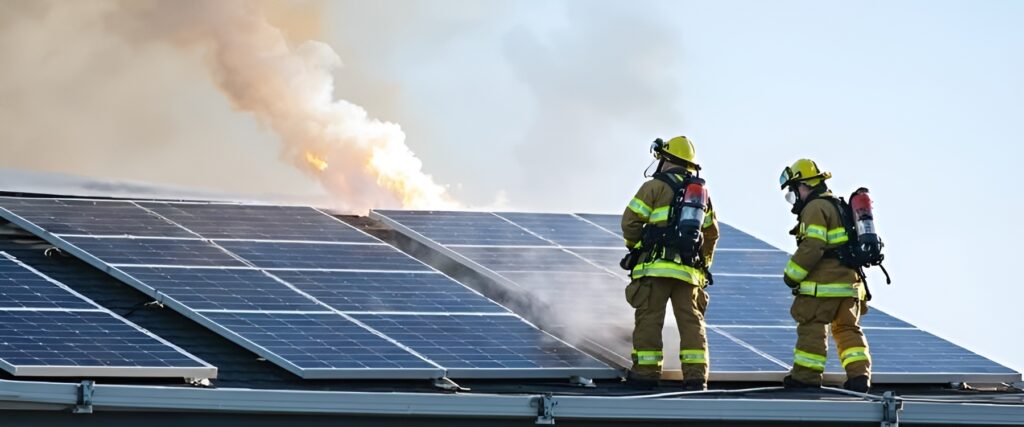
Shining Light on Solar Dangers: The PV Risks You Can’t Ignore
Solar panels are everywhere. One in five homes across Australia and the UK now harvest energy from the sun. We’ve embraced this clean energy revolution with open arms, celebrating every installation as a step toward sustainability.
But there’s a shadow side to this sunny story – one that property owners, facility managers, and even emergency responders are only beginning to understand.
The sobering statistics
Fire and Rescue New South Wales recently released data that should concern everyone with solar on their roof: a five-fold surge in solar panel fires over the past five years, including a 20% increase in 2020 alone.
The numbers get worse. According to the Clean Energy Regulator’s inspection of more than 28,000 systems, safety concerns are widespread:
- 3.26% of systems were rated unsafe
- 17.85% were rated substandard
Applied across Australia’s four million solar installations, these figures suggest that approximately 850,000 systems on rooftops nationwide may be unsafe or poorly installed.
Globally, the scale of this risk becomes staggering.
The hidden danger: the DC Danger Zone
Here’s what makes solar PV systems fundamentally different from other electrical installations: they cannot be switched off.
As long as panels are exposed to light – even artificial lighting – they generate potentially lethal DC electricity. Turning off circuit breakers or isolators does not stop generation. The panels and wiring remain live, producing up to 1,000 volts in residential systems and as much as 1,500 volts in commercial installations.
This constant exposure is known as the DC Danger Zone. It’s a persistent hazard that transforms routine maintenance into a high-risk operation and emergency response into a life-threatening challenge. To put this into perspective, only 0.5 amps is enough to kill; a typical residential solar array produces six to eight amps – more than ten times the lethal threshold.
How solar systems fail
Solar PV systems can fail for multiple reasons, and the risk grows as installations age.
Physical damage
- Weather events such as hail, lightning, storms, and floods
- Vermin attacking cables or nesting in systems
- Environmental wear, including UV exposure and temperature extremes
Even when systems are seriously damaged, broken, burnt, or inundated with water, they can still produce lethal electricity.
The Moorebank incident: a warning ignored
In December 2018, a factory in Moorebank, Sydney, experienced this risk firsthand. After a severe hailstorm damaged rooftop panels, the system was isolated and the building secured. Three days later, under hot, sunny conditions, the damaged panels began arcing and sparked a significant roof fire that threatened the entire site.
Many properties across Sydney still have hail-damaged panels, with owners unaware of the ongoing fire risk – a ticking time bomb waiting for the right conditions.
Component failure
In Australia, hundreds of system failures and fires have been linked to faulty DC isolation switches. Solar components operate under intense UV radiation and extreme temperatures all year round. As systems age, these components are increasingly prone to failure.
Poor manufacture and workmanship
In 2000, only eight companies worldwide produced solar panels. By 2007, there were more than 800 manufacturers in China alone. The industry’s rapid expansion outpaced available expertise, resulting in substandard installations and inconsistent quality control.
Neither government agencies nor industry bodies are currently equipped to inspect the millions of systems already installed. The responsibility often falls to fire and emergency services to manage the risks reactively when incidents occur.
The toxic threat: breathing danger
When solar panels catch fire, the hazard extends beyond electricity. Burning solar cells can release toxic compounds such as cadmium telluride, gallium arsenide, and phosphorous – all known carcinogens or respiratory hazards.
Inhaling these nanoparticles can cause silicosis-like lung damage and should be treated with the same caution as asbestos. Firefighters must use self-contained breathing apparatus, yet many first responders still lack the training or equipment for these conditions.
The battery storage multiplier
As if the DC Danger Zone weren’t enough, around 40% of new commercial solar PV installations now include Battery Energy Storage Systems (BESS). These lithium-ion batteries add new layers of complexity and danger.
Thermal runaway
Li-ion batteries can ignite when damaged or improperly used. Once burning, they release extreme heat and toxic gases, and the fire can spread rapidly across entire battery arrays.
Location risks
Battery systems are often installed in garages or near household items and vehicles with their own batteries. Legislation governing installation and signage remains inconsistent.
First responder challenges
Without clear labelling, firefighters may not realise they’re dealing with a battery fire and could use unsafe suppression methods. Combined PV-BESS systems create multi-hazard situations that traditional firefighting tactics were never designed to handle.
The accessibility trap
Solar systems transform parts of a building into live power-generating zones. This complicates:
- Routine maintenance
- Technical inspections
- Emergency response
- System upgrades
Most systems are neglected once installed. As they age, the lack of regular maintenance compounds risk.
The deadly mistakes emergency responders make
One of the most dangerous practices still in use is covering damaged panels with tarps. This approach breaches safety procedures that require crews to treat all panels and surrounding areas as live, with exclusion zones extending up to eight metres around damaged components.
The December 2018 Sydney hailstorms showed that many emergency services are still struggling to manage solar-related incidents. While tarping is intended to help, it can actually put responders in grave danger.
Water application, a standard firefighting method, also becomes risky – water conducts electricity and can turn a live PV system into a lethal hazard.
Why traditional safety measures fail
Conventional electrical safety measures don’t fully apply to solar PV systems:
- Isolation switches and breakers only disconnect downstream equipment, leaving panels live.
- Personal protective equipment may be inadequate for the high voltages in large arrays.
- Emergency protocols developed for conventional systems don’t account for solar-specific hazards.
Installing solar panels fundamentally changes a building’s safety profile, requiring new procedures and awareness.
The knowledge gap crisis
The technology advanced faster than expertise could follow. Few professionals specialise in solar safety, and many authorities are only now recognising the knowledge deficit.
This leaves emergency personnel vulnerable, property owners unaware, and facility managers relying on outdated assumptions.
What this means for you
If you own or manage a building with solar panels, you’re operating a live power generation facility. This carries workplace safety responsibilities and insurance implications that many building owners haven’t considered.
- Insurance coverage may not address PV-specific risks.
- Emergency plans may not account for live systems.
- Maintenance schedules may be inadequate.
The path forward: addressing the risks
The growth of solar energy has brought immense benefits – but it’s time for honest recognition of its risks and proactive management.
Property owners should:
- Arrange regular professional inspections
- Maintain systems according to schedule
- Verify compliance with current safety standards
- Communicate with emergency services about rooftop systems
Emergency services need:
- PV-specific training and tools for safe de-energisation
- Updated protocols addressing DC hazards
- Clear labelling and site information
Industry regulators should pursue:
- Stronger installation and component standards
- Comprehensive registries of PV and battery systems
- Mandatory maintenance and inspection requirements
- Ongoing development of solar safety technologies
The PVSTOP solution: closing the safety gap
Traditional methods can’t switch off solar panels – PVSTOP can.
As the world’s only ISO-certified solution for de-energising solar PV systems at the source, PVSTOP tackles the fundamental challenge: continuous power generation during daylight.
Applied as a liquid polymer coating, PVSTOP blocks light from reaching PV cells, rendering solar arrays electrically safe within seconds. It is already deployed by major fire services including the London Fire Brigade, the Fire Department of New York, and agencies across Australia.
Learn more about how PVSTOP works on the PVSTOP Products page or explore its deployment systems in the Portable Pressure Vessel section.
The bottom line
Solar panels are a cornerstone of the clean energy transition, but ignoring their risks helps no one. The dangers are real, incidents are increasing, and awareness remains limited.
We can either acknowledge these hazards now and prepare accordingly, or wait for the next preventable disaster to force our hand.
